The Golf Foundation, established in 2000 by veteran golfer Amit Luthra, is a registered charitable society with a noble mission: to make golf accessible to talented young individuals from underprivileged backgrounds across India. Drawing inspiration from his own journey as a multi-time National Golf Champion and Arjuna Awardee, Luthra recognized the untapped potential in young caddies like Ashok Kumar. It was this revelation that ignited the inception of The Golf Foundation, a pioneering initiative with the mission of leveling the playing field for aspiring golfers. This not-for-profit organization aims to democratize access to the sport and provide a platform for talented individuals to flourish, regardless of socio-economic barriers.
At the core of The Golf Foundation's mission lies a commitment to not only honing the golfing skills of its beneficiaries but also nurturing their holistic development. Through comprehensive training programs, state-of-the-art equipment provisions, and personalized mentorship, promising talents like Nigam and Rohit Kumar from Jindali village, Punjab, are empowered to pursue their dreams with unwavering confidence. Moreover, recognizing the importance of education as a catalyst for long-term success, the foundation ensures that these young athletes receive robust academic support alongside their athletic pursuits. From fostering a culture of excellence on the greens to instilling essential life skills and values, The Golf Foundation endeavours to shape well-rounded individuals poised for success both on and off the golf course.
In this exclusive interview with TheCSRUniverse, we delve deep into the visionary leadership of Mr. Amit Luthra, the foundation's Founder-President, exploring the challenges and triumphs encountered along the journey of nurturing India's next generation of golfing champions. Moreover, we unravel the innovative strategies employed by the foundation, leveraging cutting-edge technology and forging strategic alliances to expand its reach and impact nationwide.
Read the full interview below to uncover the transformative power of sports in fostering inclusivity, empowerment, and boundless opportunity for the youth of our nation.
Q&A
Q. What inspired the establishment of The Golf Foundation, and how has its mission evolved to ensure equitable access for underprivileged youth since its inception in 2000?
A. The establishment of The Golf Foundation was inspired by a remarkable encounter with Ashok Kumar, a young caddie whose talent and determination left a lasting impression. Back in 1990, Ashok, just a 10-year-old boy, worked as a forecaddie, earning a meager sum by picking up golf balls for India #1 amateur practicing for representing India. Despite his humble background and financial struggles, Ashok displayed extraordinary courage by challenging the player, even though he knew he would lose.
This interaction shed light on the untapped potential of underprivileged youth like Ashok, who had the courage to take on challenges despite facing significant odds. Witnessing Ashok's determination sparked a realization – if there was one Ashok, there were likely many more talented individuals waiting for an opportunity.
Motivated by this revelation, the idea of The Golf Foundation took shape. In 2000, a group of like-minded individuals, including the player Ashok once caddied for, came together to form a registered charitable society dedicated to supporting young, talented golfers from underprivileged backgrounds. The Foundation aimed to provide a platform where these individuals could showcase their skills, receive training, and pursue their passion for golf, regardless of their financial circumstances.
Thus, The Golf Foundation was born, driven by the belief that every talented individual deserves a chance to shine, regardless of their background. Through its initiatives and programs, the foundation strives to empower underprivileged youth, giving them the tools and opportunities they need to succeed in the world of golf and beyond.
Q. How does The Golf Foundation identify and support promising young golfers while integrating education, technology, and fundamental life skills to prepare them for success beyond the green?
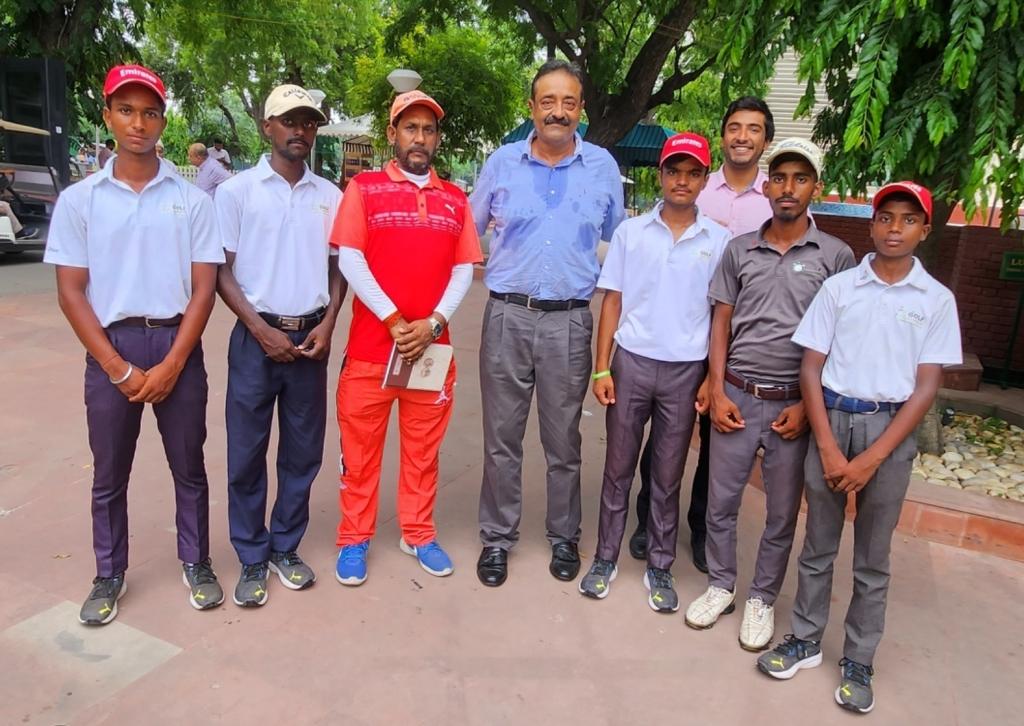 A. Basically, we've been around for 24 years now. So it's by word of mouth, everybody knows that we are the only organization pan India, which does this kind of work, where we charge nothing from the kids and we only dole out money. I have to raise approximately two crores annually to support the 60-odd kids currently under our care. We provide comprehensive support, covering everything from their monthly emoluments to training, including physical golf training, nutrition, tournament expenses, equipment, education, and most importantly, mentoring.
A. Basically, we've been around for 24 years now. So it's by word of mouth, everybody knows that we are the only organization pan India, which does this kind of work, where we charge nothing from the kids and we only dole out money. I have to raise approximately two crores annually to support the 60-odd kids currently under our care. We provide comprehensive support, covering everything from their monthly emoluments to training, including physical golf training, nutrition, tournament expenses, equipment, education, and most importantly, mentoring.
Their annual cost while playing in India amounts to approximately three lakhs. When they play abroad, the expenses can escalate significantly. Our recruitment strategies primarily rely on word of mouth, supplemented by talent hunts conducted periodically across all four regions of India.
We conduct talent hunts in major cities like Delhi, Kolkata, Bangalore, and Mumbai, inviting children from families with annual incomes up to five lakhs to participate. The foundation covers all expenses, including travel, accommodation, meals, and golf-related costs.
Talented children identified through this initiative are considered for induction into our main program. The most recent talent hunt, held two years ago, attracted 140 entries, with 18 children selected for our main program, each receiving support amounting to Rs. 3,50,000.
Furthermore, we are proud to share that we currently sponsor six students studying in the USA on full golf scholarships, with each student benefiting from approximately two crores in savings. This covers tuition fees, which amount to about 50 lakhs per year. By facilitating these scholarships, we've collectively saved them 12 crores and have earned recognition for enabling undergraduate studies abroad. Moreover, the potential for these students to excel on the global stage of golf is boundless.
Regarding education, we have developed a dedicated app tailored to their needs, especially since some of them lack basic literacy skills. This app provides essential life skills training, including basic etiquette such as dining with utensils, tying a tie, socializing, and public speaking. This comprehensive support extends up to the 12th standard.
We also prioritize providing free education opportunities whenever possible. For instance, Shubham benefited from free education at Delhi’s Lakshman Public School. We collaborated with the school to ensure that despite his frequent travel commitments, he received extra coaching upon his return to India.
As a result of our support, Shubham is now pursuing his studies at the University of South Florida on a full scholarship. He maintains an impressive 4.0 grade average as a dean's scholar and has even captained the team to the NCAA Division One Finals, representing the pinnacle of collegiate golf in the US.
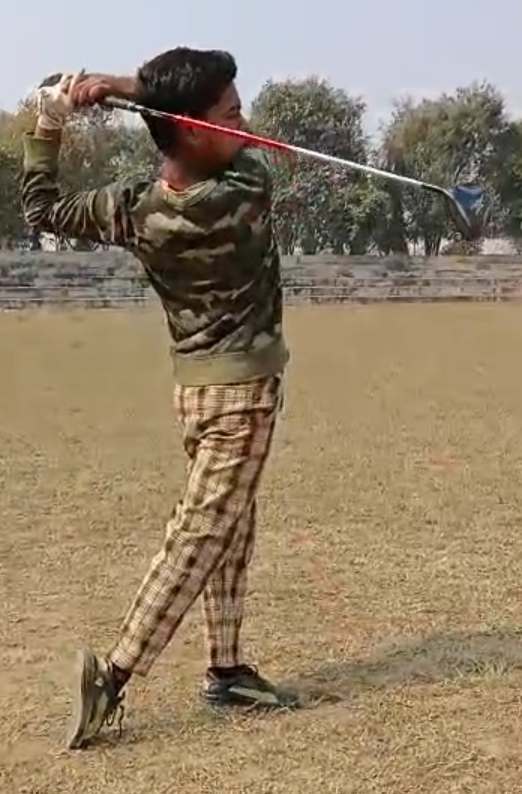 Q. As an Arjuna awardee, how do you leverage your experience to motivate and mentor young golfers from diverse backgrounds, like Nigam and Rohit?
Q. As an Arjuna awardee, how do you leverage your experience to motivate and mentor young golfers from diverse backgrounds, like Nigam and Rohit?
A. I come from an Air Force background; my father served in the Air Force. Growing up in Anand Niketan, money was tight. I used to cycle, a basic, non-geared bicycle, from home to Delhi Golf Club, a 10-kilometer journey each way, carrying my golf set, trolley, and change bags.
I share this story with all the kids I mentor, emphasizing that if I could do it, they can too. I didn't have access to a coach or even basic amenities like television until the 1982 Asian Games when color TV was introduced. Despite these challenges, I encouraged them to persevere, stressing the importance of practice and skill refinement in golf, a game of repetition.
In addition to golf, I successfully completed my CA (Chartered Accountancy) despite its low 2% pass rate at the time. This achievement underscores the importance of effective time management. Furthermore, I was fortunate to earn a team gold medal at the 1982 Asian Games, highlighting the rewards of dedication and hard work.
If I could achieve both the highest medal in the Asian Games, a gold, and successfully clear one of the toughest professional courses, Chartered Accountancy, simultaneously, I firmly believe that you can do it too.
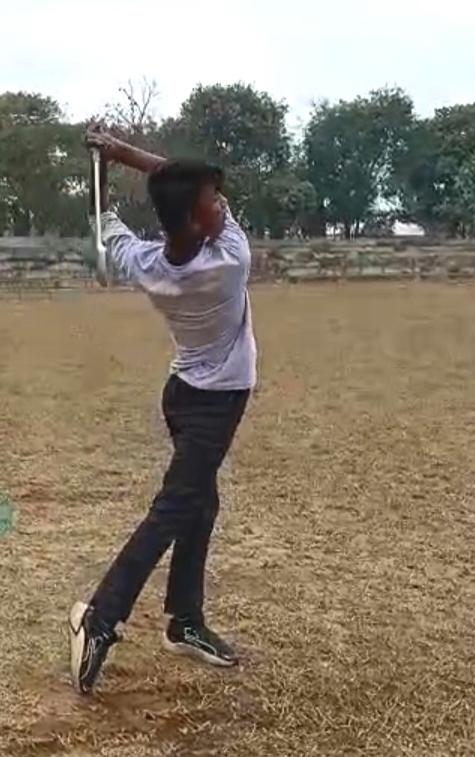 Q. Can you share Nigam and Rohit's journey with The Golf Foundation, highlighting the challenges they faced and how the foundation assisted them in overcoming these obstacles?
Q. Can you share Nigam and Rohit's journey with The Golf Foundation, highlighting the challenges they faced and how the foundation assisted them in overcoming these obstacles?
A. Nigam and Rohit stand out among the 25 children from Jindali village in Punjab. Their backgrounds mirror each other: lacking food, milk, and basic necessities.
My first step was to provide them with a daily provision of two eggs and one liter of milk to address their immediate nutritional needs. Additionally, I prioritize their physical well-being by facilitating regular exercise and ensuring they have access to essential equipment like balls.
To enhance their training opportunities, I arranged for them to practice at the Imperial Golf Club in Ludhiana, the only facility with proper international-standard amenities in the area. All expenses related to their training at the club are covered by the foundation.
Recently, with the sale of Imperial, I've secured playing rights for them at Filaur Golf Club to ensure their progress isn't hindered by their village location.
Q. How does The Golf Foundation utilize technology to provide high-quality coaching and support to its beneficiaries, even in remote areas?
A. As previously mentioned, we have developed an app tailored for children from the grassroots level, covering essential life skills such as proper posture, dining etiquette, tying a tie, dressing appropriately, social interactions, and public speaking. This resource is available to them until the 12th standard, allowing us to monitor their progress through logged hours and answered questions.
In addition to technological support, we have Vipin, a dedicated coach who is physically present in Jindali village. It was his initiative to introduce golf to the village. Our approach blends the use of technology with the invaluable guidance of a hands-on coach, ensuring a comprehensive learning experience for the children.
Q. Reflecting on Nigam and Rohit's story, how does their journey embody the Foundation's vision of democratizing access to golf, and how does it inspire other young talents from underprivileged backgrounds? Additionally, what are the Foundation's long-term goals and aspirations to further grow and democratize access to the sport in the country?
A. To begin with, before Nigam and Rohit, the story started with Shubham Jaglaan, who's from Israna village in Punjab. We picked him up when he was five and a half years old.
He is currently 20 years old, studying at the University of South Florida on a 100% scholarship. He's a Dean Scholar with a 4.0 grade average, captaining the team in NCAA Division I. He has achieved remarkable success, securing not just one or two but an impressive four world junior titles and two European junior titles. He serves as a role model for all these children, starting his journey as a village boy at the age of five and a half, and now, having won four world junior titles, he's prepared to enter the professional world.
I recently discussed my proposal with Mr. Meet Hare, the Minister of the Aam Aadmi Party in Punjab, and Mr. Anurag Thakur, our Sports Minister. My suggestion is to allocate five acres of land in any village, where I can establish a driving range of USGA standards complete with greens and other facilities to help children refine their chipping and putting skills.
If the allocation expands to 50 acres, I will develop a 9-hole course. Extending it further to 100 acres, I can transform it into an 18-hole golf course. With an additional 10 acres, I'll incorporate all the necessary disciplines.
In those allocated 10 acres, we envision a multi-sport facility featuring various disciplines such as squash, table tennis, shooting, athletics, weightlifting, and more. The plan includes establishing dormitory-style accommodations where athletes will receive education, training, and proper nutrition.
If successfully implemented in one state, we can gradually extend this model to other states within our vast 1.4 billion population. It's not a question of whether we will, but rather when we will win an Olympic gold medal in golf and other disciplines. With incredible talent spread across our population, the potential is limitless.
Q. What collaborative efforts with organizations like NGAI, PGTI, and corporate partners envision further empowerment and access to resources for The Golf Foundation's beneficiaries?
A. The Gold Foundation serves as a vital nursery for the Indian Golf Union (IGU), as we focus on nurturing talent from grassroots levels. We aim to develop young players to the point where they can participate as amateurs in the IGU. Upon demonstrating proficiency, they progress to the professional level, becoming the backbone of the Professional Golf Tour of India (PGTI), our national professional body. From there, they advance to compete on prestigious platforms such as the Asian Tour, European Tour (e.g., Manu Gandas, a beneficiary of our foundation), and ultimately, on the global stage. In essence, we act as the starting point—a grassroots startup—for golf in India.
Q. Please share success stories showcasing the impact of supporting specially-abled golfers and promoting girls' empowerment through The Golf Foundation's initiatives.
A. One such remarkable individual is Harsh Singh, a 15-year-old golfer who is hearing and speech-impaired. Despite facing these challenges, he currently holds the number one position on the Indian Jr Feeder Tour. Remarkably, Harsh's father, a farmer earning two lakhs a year, supports his son's passion for golf. What sets Harsh apart is his determination and resilience—he reads lips to communicate and learn how to play golf, all while excelling academically as he pursues his studies in the 10th standard.
In addition to Harsh, we've witnessed outstanding achievements from other talented individuals, including Khushi Huda and Deeksha Dagar. Through our support, we assisted Deeksha in securing accreditation and tickets to the Tokyo Olympics, where she represented India with distinction.
Another notable achievement is Shrinji Mukherjee securing a 100% scholarship at Erskine College in South Carolina, as India's number one golfer. Furthermore, the foundation is actively working to secure Avani Prashant's participation in the Jr APGC scheduled for April 2024 in Tokyo.
In addition to Shrinji and Avani, we are proud to support a diverse group of talented individuals, including Puneet Vandara, Pranavi URS, Parthna Khanna, Hitashi Bakshi, Jhanvi Baksh, Mannat Barar (winner of the national game a couple of months back), and Lavina. It's heartening to see many girls excelling with our support, and countless others are thriving as well.
In alignment with our revered Prime Minister Modi's vision, we strive to promote sports through initiatives like "Khelo Bharat" while also championing the cause of girl empowerment with initiatives such as "Beti Bachao, Beti Padhao."
Q. From your experiences what specific policy changes or government initiatives do you believe would be most beneficial in fostering greater access and support for young golfers from underprivileged backgrounds across India?
A. The issue I see with the Indian sports ministry lies in their approach. While their intentions are commendable, their strategy seems to be backward. Consider Mukesh Ambani—does he seek financing from banks and financial institutions? No, because established entities like his don't require it. It's startups that need the initial funding. Similarly, we need to focus on supporting individuals at the seed stage of their athletic journey.
The ministry's offer of 10 crores for an Olympic gold medal is generous, but will it truly yield the desired outcomes?
How can you put the cart before the horse? To be effective, the horse must come before the cart. The same principle applies here: we need to start at the grassroots level, building a strong foundation with robust infrastructure, providing children with the necessary equipment, access to golf courses, and quality training. Only then can we expect to see significant progress.
Offering incentives like 10 crores for a gold medal or increasing it to 1000 crores for multiple gold medals won't yield the desired results if we neglect nurturing talent at the grassroots level. We must invest in and support talent from the ground up.
Let the seed grow. Just like a seedling needs sunlight, optimal conditions for growth, nourishment, and water to flourish into a majestic oak tree, young athletes require similar support to reach their full potential. You can't expect them to achieve greatness without providing the necessary resources.
It's unrealistic to demand that they become fully developed athletes first, and then provide them with infrastructure and support. The government must invest in providing infrastructure, supplying golf sets, equipment, and coaching from the grassroots level up. Without these essential elements, success will remain out of reach.
Q. What are your perspectives on the role of Corporate Social Responsibility (CSR) in sports development, and how do you see opportunities for leveraging CSR initiatives to enhance accessibility and inclusivity in golf?
A. The introduction of CSR in the 2013 Companies Act was a significant step forward. One of its clauses allows for training in Olympic sports to qualify for the 2% net profit to be channelized. With golf reintroduced into the Olympics in 2016 and continued in 2020, with the next event slated for 2024 in Paris, this provision has become invaluable.
Under this framework, contributions received by our foundation are covered under CSR, empowering us to allocate funds effectively to support aspiring athletes in their pursuit of excellence.
We currently have five or six kids earning one crore annually, thanks to our foundation's support. Their success challenges the notion that golf is exclusively for the wealthy. With larger CSR investments, more corporations can empower athletes and transform perceptions about sports accessibility.
It's an oxymoron to have an underprivileged golfer, but what I am doing is trying to bridge the gap between the haves and the have-nots. I am trying to remove the tag of elite sport from golf. Golf is undeniably costly, with each golf ball priced at 600 rupees and a single round of golf ranging from 10,000 to 20,000 rupees. Additionally, golf sets can cost anywhere from 3 lakhs to 6 lakhs. Despite its expense, it's crucial to allocate funds to golf, not just cricket, to ensure the sport receives adequate support and investment.
Testimonials from Nigam Kumar and Rohit Kumar
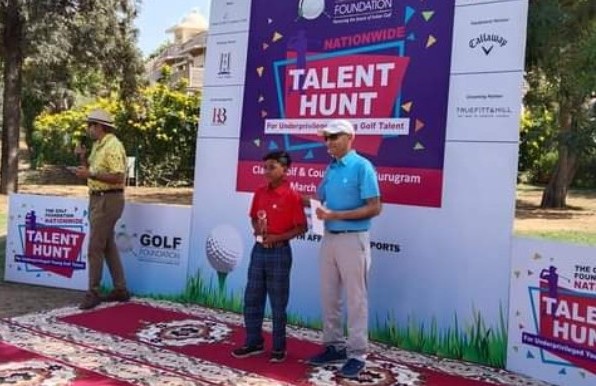 “The Golf Foundation generously supplies us with everything essential for golfing, including sets, nets, caps, and other necessary equipment. Additionally, they oversee our dietary needs, ensuring we receive daily provisions of milk and eggs. This carefully curated diet not only keeps us in optimal physical condition but also enables us to train diligently. Our aspiration is to excel in golf and achieve remarkable milestones in the future. We extend our heartfelt gratitude to Sir Amit Luthra for his invaluable support and for granting us this incredible opportunity."
“The Golf Foundation generously supplies us with everything essential for golfing, including sets, nets, caps, and other necessary equipment. Additionally, they oversee our dietary needs, ensuring we receive daily provisions of milk and eggs. This carefully curated diet not only keeps us in optimal physical condition but also enables us to train diligently. Our aspiration is to excel in golf and achieve remarkable milestones in the future. We extend our heartfelt gratitude to Sir Amit Luthra for his invaluable support and for granting us this incredible opportunity."



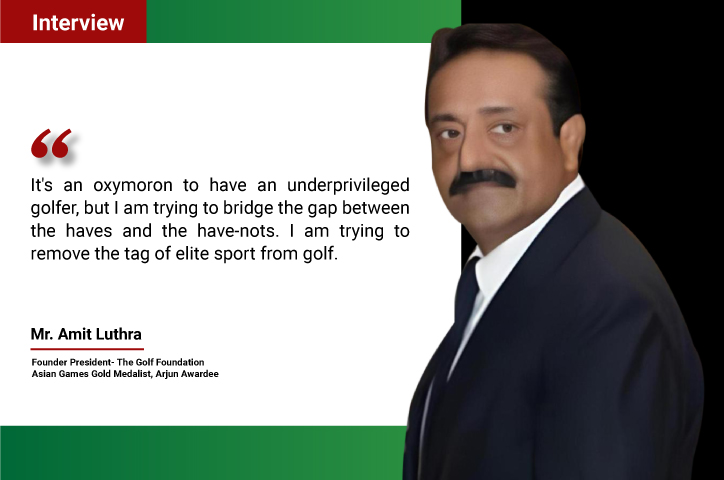
 A. Basically, we've been around for 24 years now. So it's by word of mouth, everybody knows that we are the only organization pan India, which does this kind of work, where we charge nothing from the kids and we only dole out money. I have to raise approximately two crores annually to support the 60-odd kids currently under our care. We provide comprehensive support, covering everything from their monthly emoluments to training, including physical golf training, nutrition, tournament expenses, equipment, education, and most importantly, mentoring.
A. Basically, we've been around for 24 years now. So it's by word of mouth, everybody knows that we are the only organization pan India, which does this kind of work, where we charge nothing from the kids and we only dole out money. I have to raise approximately two crores annually to support the 60-odd kids currently under our care. We provide comprehensive support, covering everything from their monthly emoluments to training, including physical golf training, nutrition, tournament expenses, equipment, education, and most importantly, mentoring. Q. As an Arjuna awardee, how do you leverage your experience to motivate and mentor young golfers from diverse backgrounds, like Nigam and Rohit?
Q. As an Arjuna awardee, how do you leverage your experience to motivate and mentor young golfers from diverse backgrounds, like Nigam and Rohit? Q. Can you share Nigam and Rohit's journey with The Golf Foundation, highlighting the challenges they faced and how the foundation assisted them in overcoming these obstacles?
Q. Can you share Nigam and Rohit's journey with The Golf Foundation, highlighting the challenges they faced and how the foundation assisted them in overcoming these obstacles? “The Golf Foundation generously supplies us with everything essential for golfing, including sets, nets, caps, and other necessary equipment. Additionally, they oversee our dietary needs, ensuring we receive daily provisions of milk and eggs. This carefully curated diet not only keeps us in optimal physical condition but also enables us to train diligently. Our aspiration is to excel in golf and achieve remarkable milestones in the future. We extend our heartfelt gratitude to Sir Amit Luthra for his invaluable support and for granting us this incredible opportunity."
“The Golf Foundation generously supplies us with everything essential for golfing, including sets, nets, caps, and other necessary equipment. Additionally, they oversee our dietary needs, ensuring we receive daily provisions of milk and eggs. This carefully curated diet not only keeps us in optimal physical condition but also enables us to train diligently. Our aspiration is to excel in golf and achieve remarkable milestones in the future. We extend our heartfelt gratitude to Sir Amit Luthra for his invaluable support and for granting us this incredible opportunity."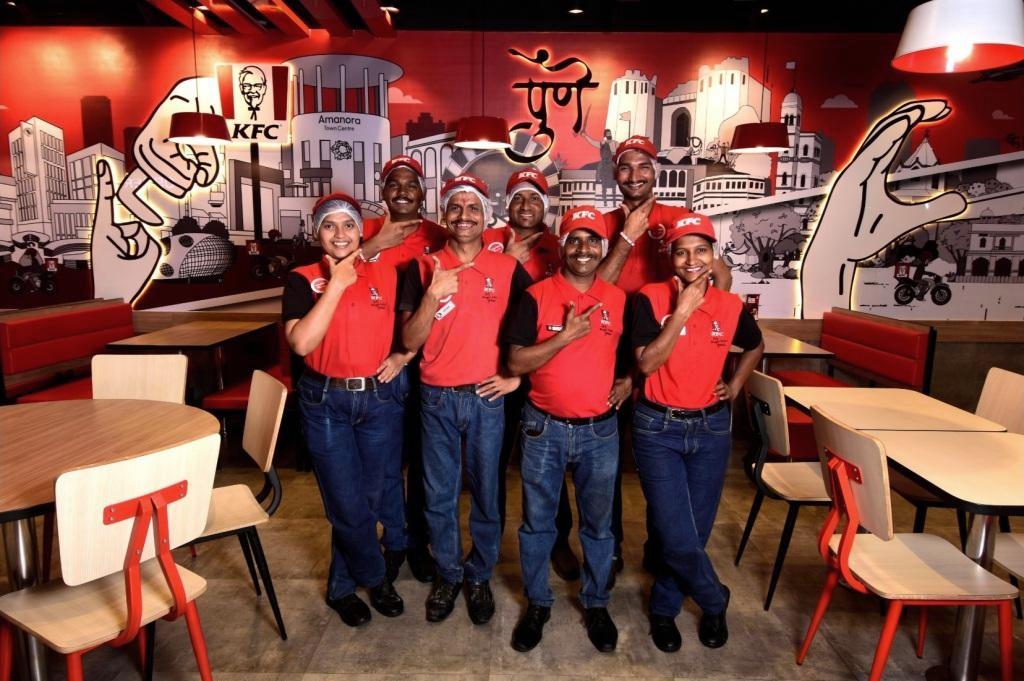
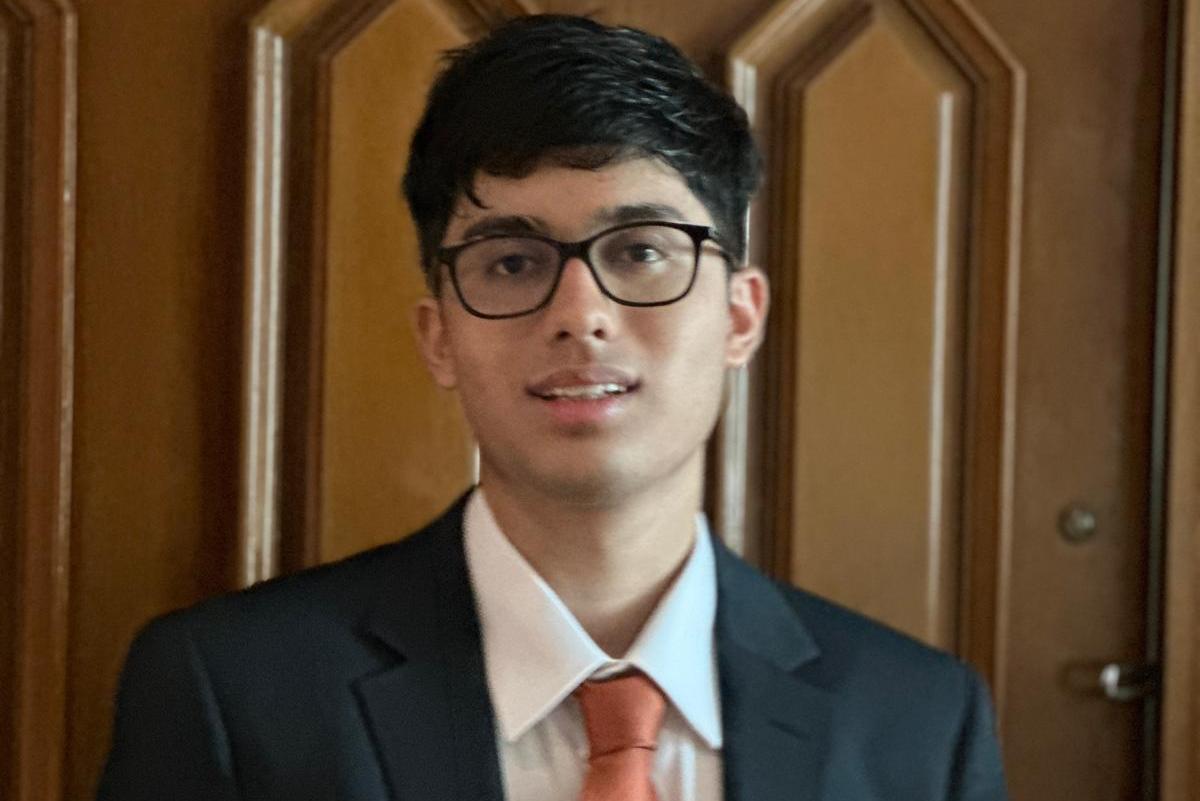
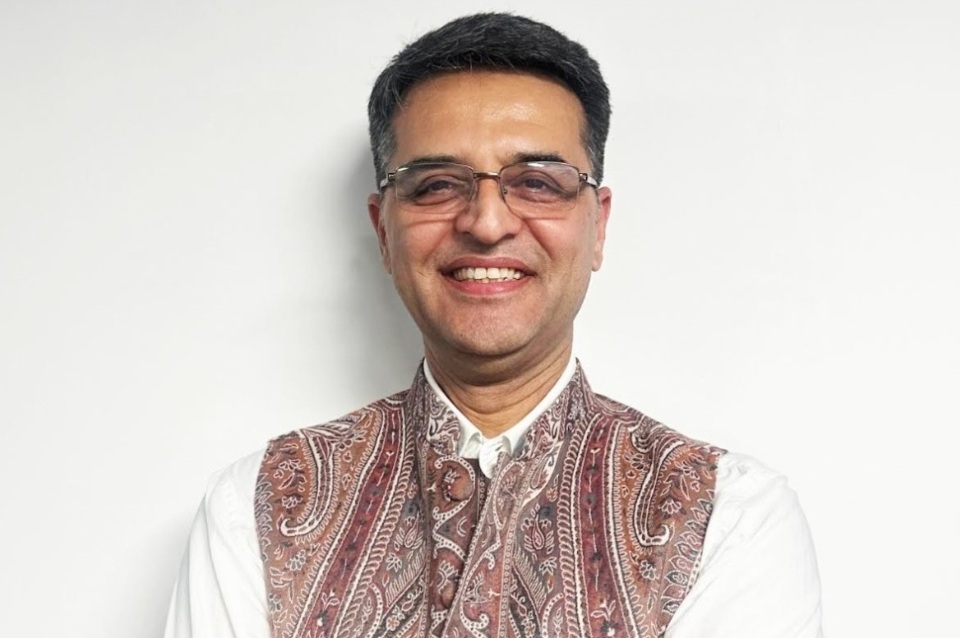
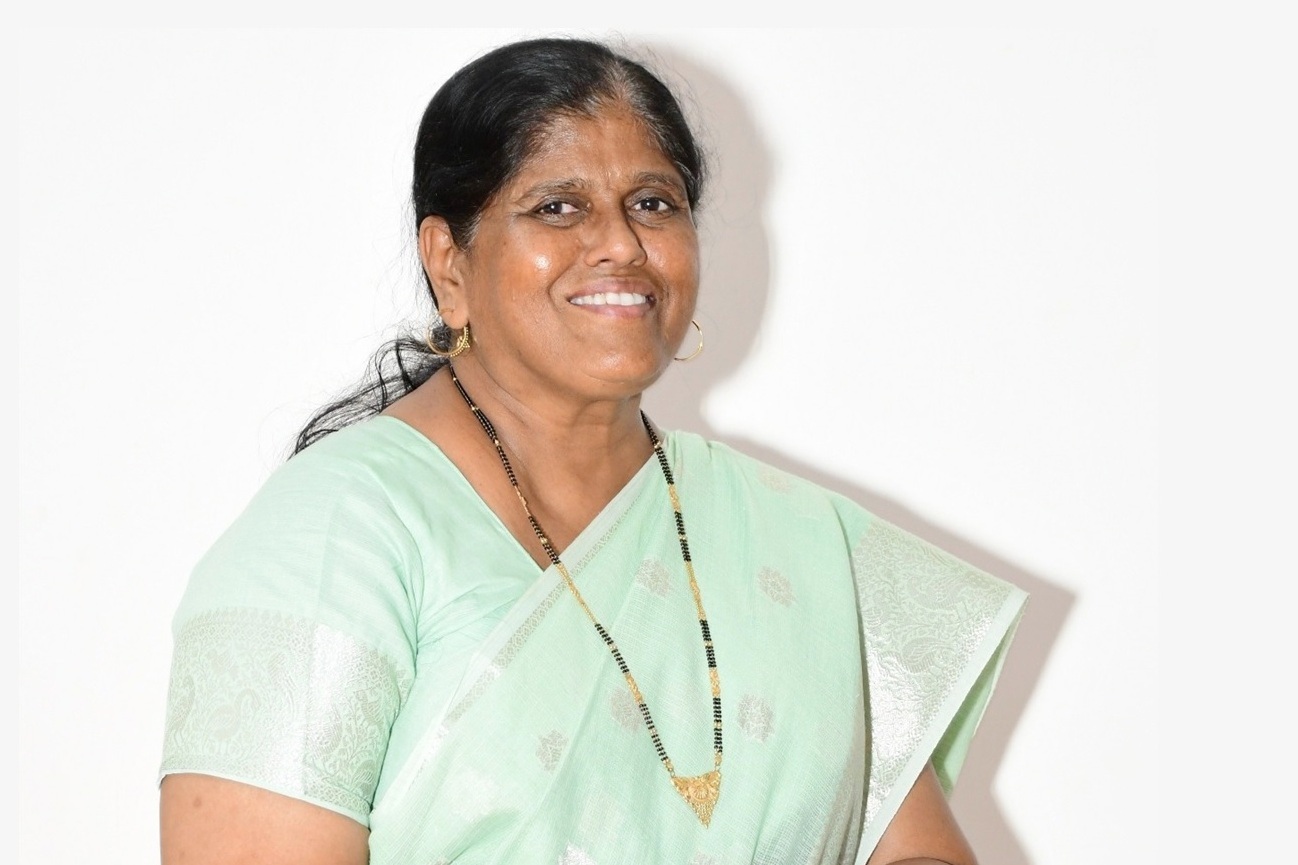
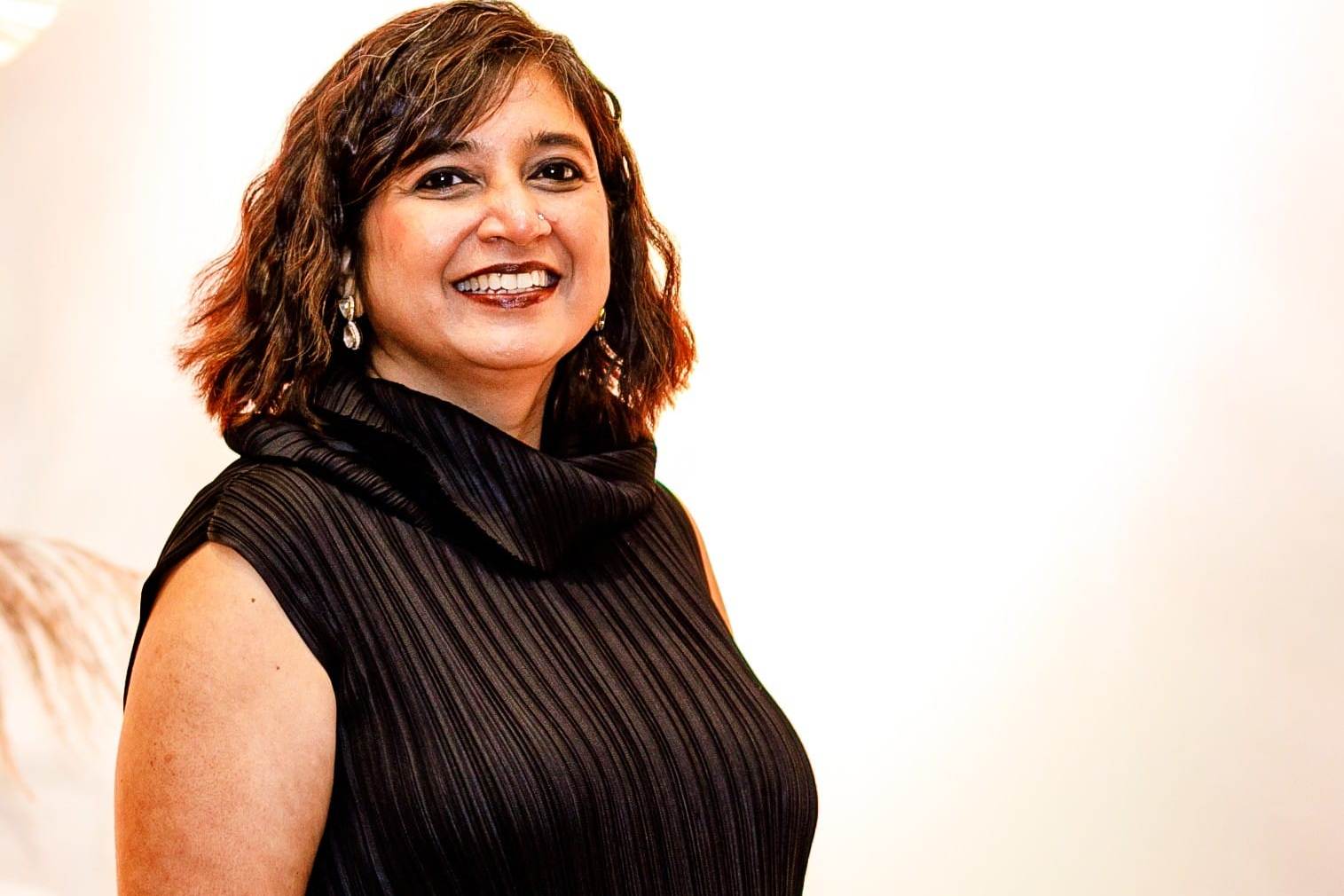

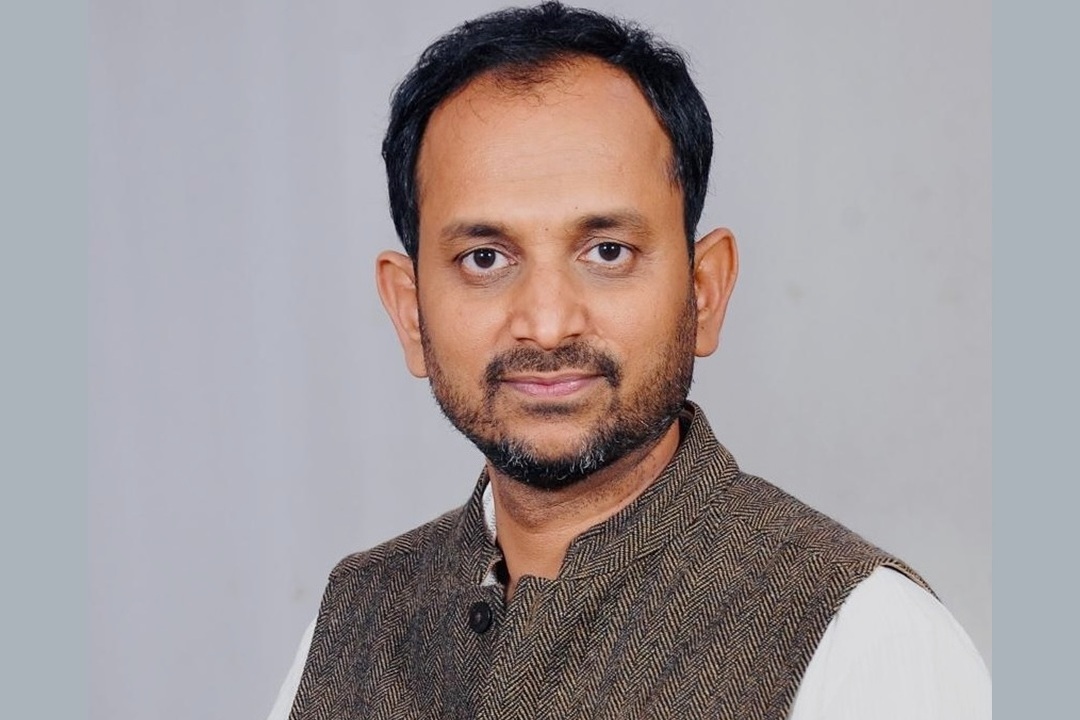
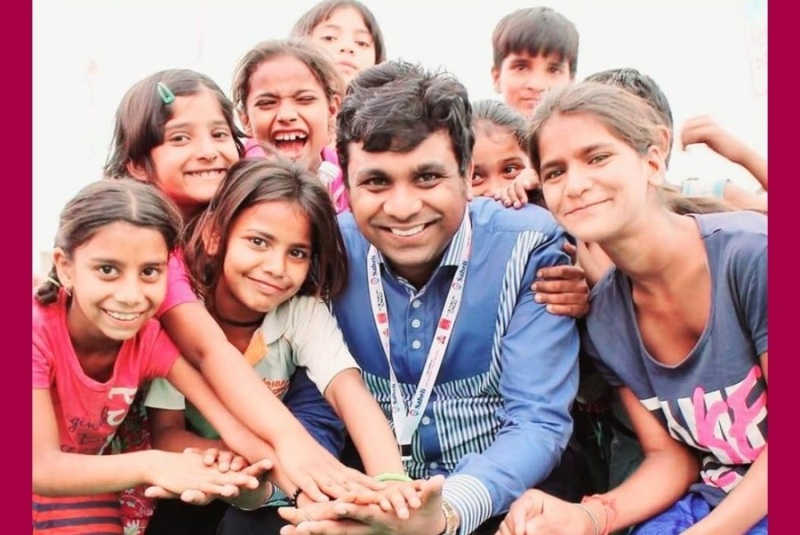
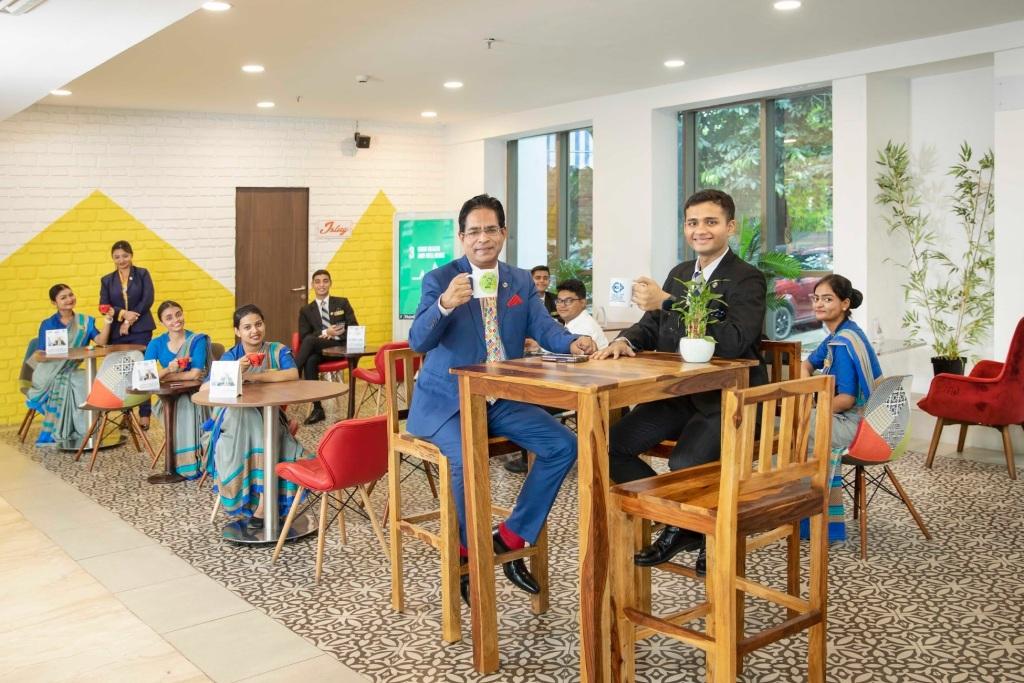
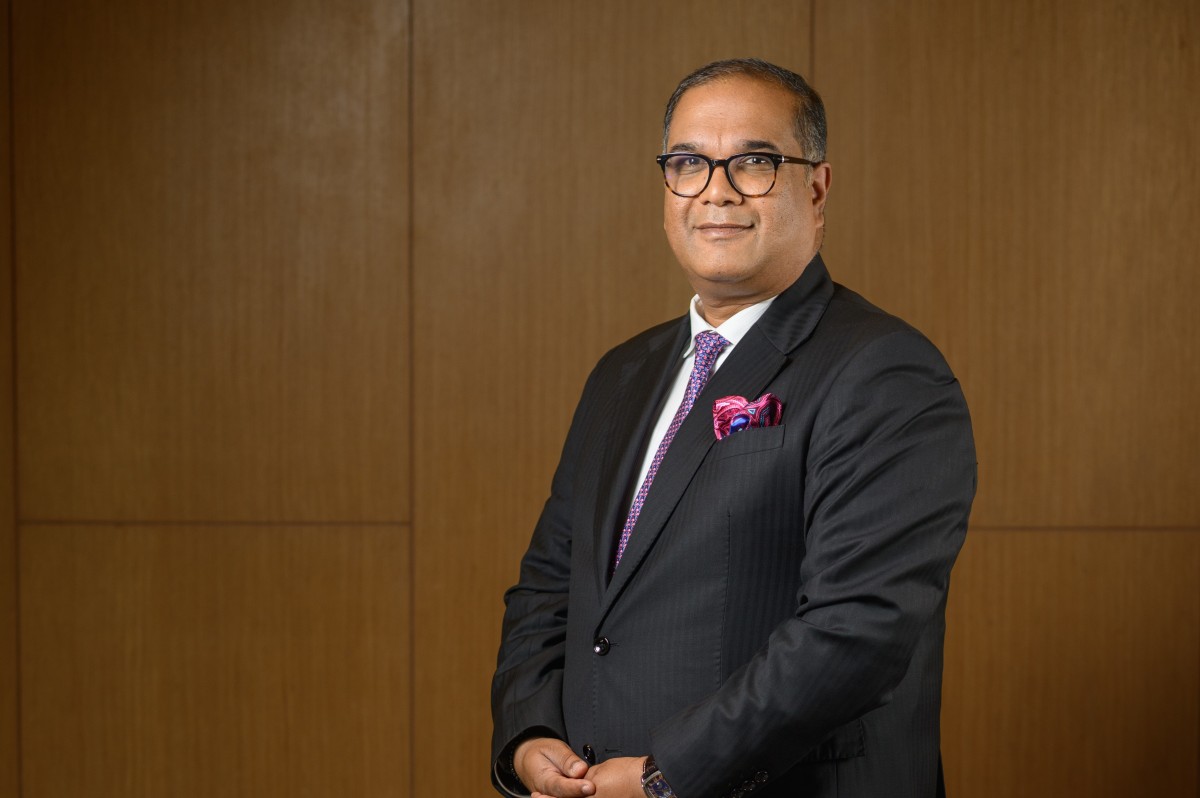

.jpg)




